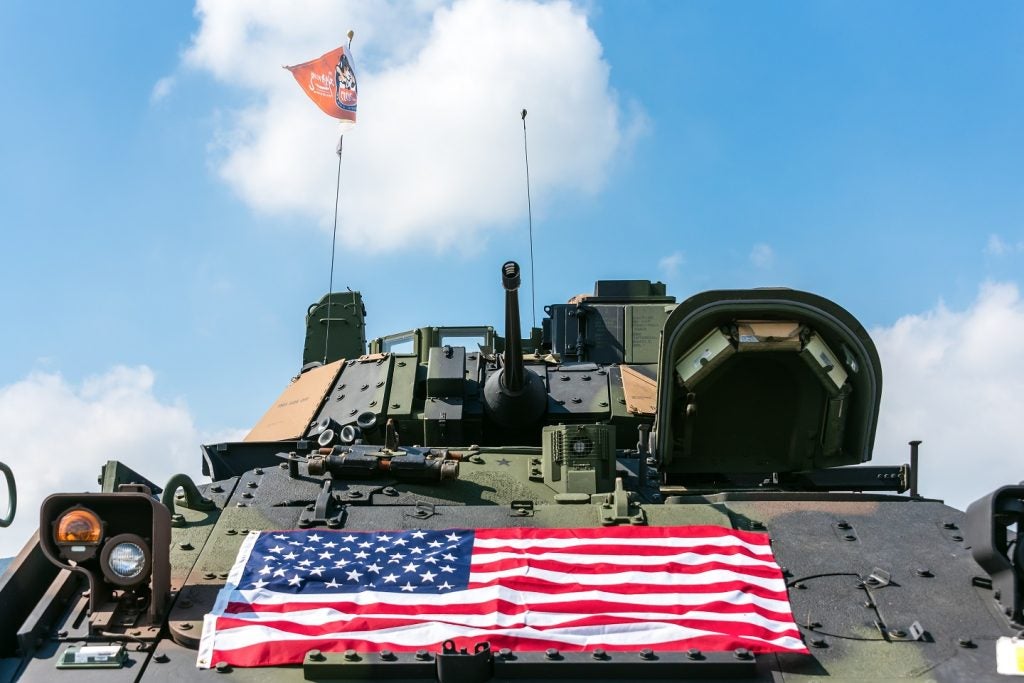Raytheon, a subsidiary of RTX, has se4cured a $154m contract to deploy advanced Commander's Independent Viewer (CIV) systems to upgrade Bradley Fighting Vehicles.
The CIV system, equipped with second-generation forward-looking infrared (FLIR) cameras and sensors, delivers a 360-degree battlefield view, amplifying the survivability and performance of these armoured vehicles.
Production of these units will take place in McKinney, Texas. The initial delivery of the CIV systems is anticipated in June 2026.
Bryan Rosselli, president of advanced products and solutions at Raytheon, emphasised the multifaceted capabilities of the CIV system, stating, "The CIV is a package of multiple systems all working together to increase the survivability and battlefield performance of the Bradley Fighting Vehicle.
These capabilities – early threat detection, 360-degree battlefield view, and all-weather performance – increase a vehicle commander's ability to locate, identify, and defeat stationary and moving targets in any condition – day or night."
Between 1981 and 2020, the US Army acquired 1,420 M2 Bradley's from BAE Systems. The US Army also procured 143 of the M7 Bradley armoured support vehicles from BAE Systems between 2001 and 2020, according to GlobalData's intelligence on the US defence market.
Despite the modernisation of the Bradley Fighting Vehicle, in North America, the US is looking to replace its decades-old M2 Bradley Fighting Vehicles and has launched two replacement programmes, the Optionally Manned Fighting Vehicle and the Advanced Reconnaissance Vehicle program for the Army and Marine Corps, according to GlobalData's "The Global Military Land Vehicles Market 2023-2033" report.
The US Army has narrowed the competition for the Bradley replacement, now named the XM30 Mechanised Infantry Combat Vehicle, to two designs, by awarding contracts to General Dynamics and Rheinmetall, with a combined value of $1.6bn.
In 2022, Croatia enhanced its military capabilities by acquiring 89 Bradley fighting vehicles from the US.









